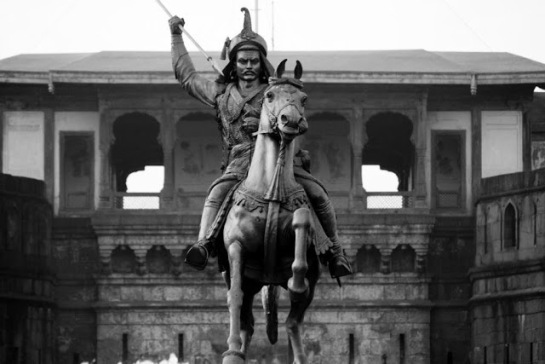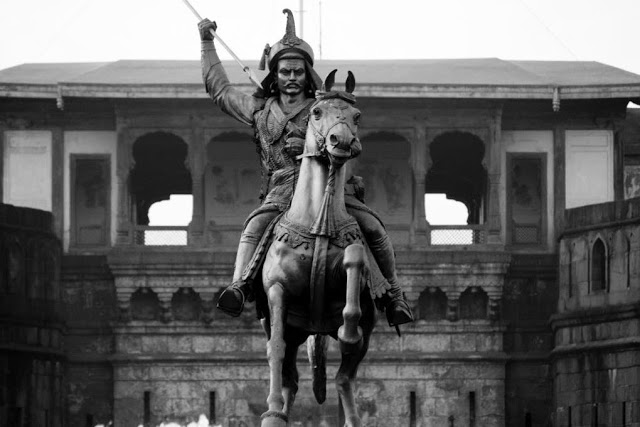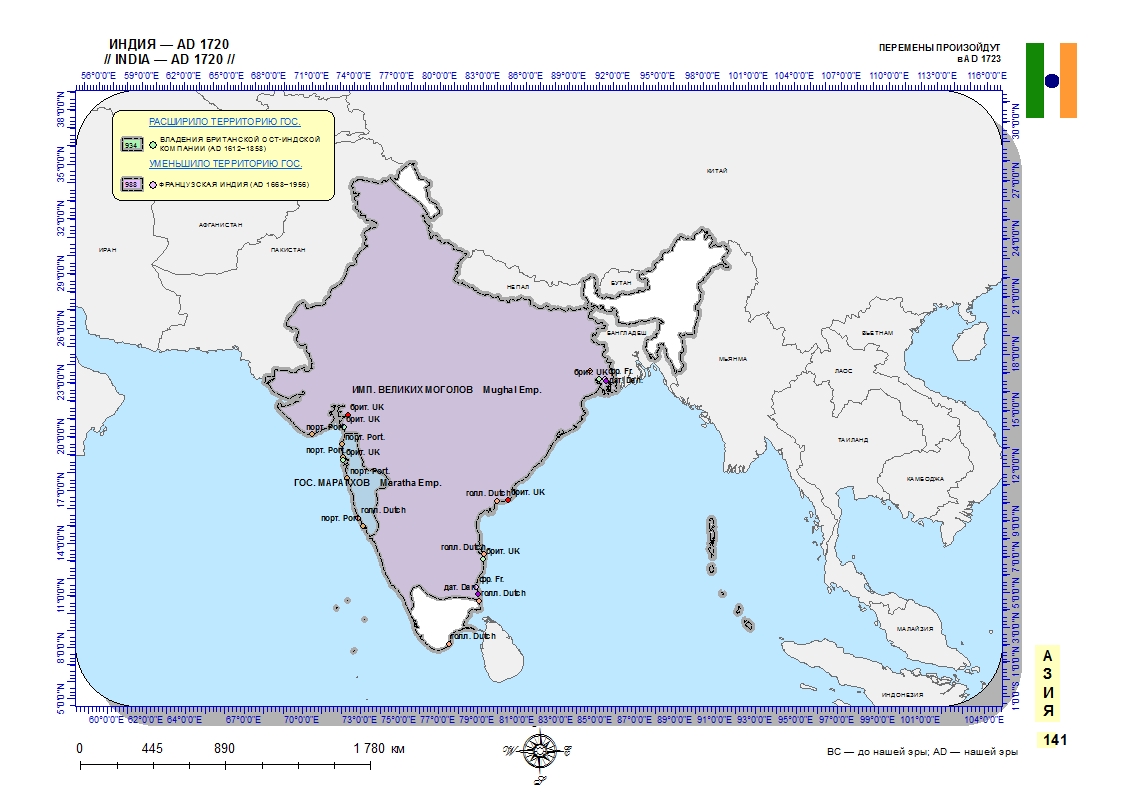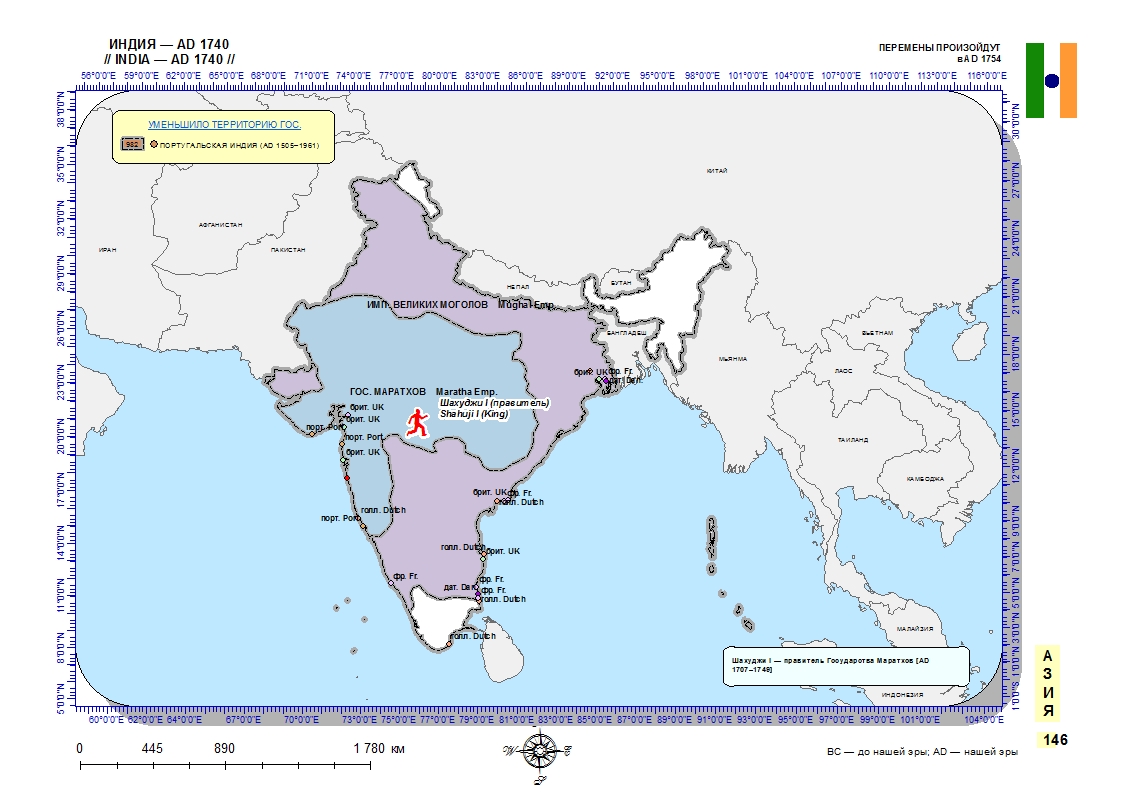
We have all come across with the name Bajirao because of the movie Bajirao Mastani. But do we really know him, who really he was. Very few us know about the sword he uses was of 40 kg. He was the aggressive Peshwa of the era 1720 he understood the fact that this the time of Mughal Empire declination and right opportunities to built the Maratha Empire over the North.
His father was Balaji Vishwanath who was first Peshwa of Chhatrapati Shahu and his mother was Radhabai. He has younger brother Chimnaji Appa. Bajirao born in 18th August 1700. From his very early childhood he accompany with his father in military campaigns. Balaji Vishwanath was itself the university of Politics because being very near to his father, Bajirao was undoubtedly understand politics and can run any empire. In 1716 Damaji Thorat imprisoned Balaji Vishwanath and Bajirao. Bajirao being tortured during this tenure that also was his learning. Both Balaji and Bajirao released for a ransom. In just 20 years of his ruled he had experienced horse ride of over 1.75 Lac km.
He was just 20 year when Balaji Vishwanath died on 2nd April 1719, and Shahu appointed Bajirao new Peshwa. During that time Shahu territory was really confined to Satara. The Maratha confederacy was run in his name, but the real power lay in the hands of Peshwa.
All the learning and experiences made the Bajirao the great leader who had no touch in his horse riding skills, unbeatable strategic master. He was believer of “Hindu Pad Padshahi” .
Peshwa Bajirao’s first wife was Kashibai; they had two sons: Nanasaheb and Raghunathrao. Nanasaheb succeeded him as the Peshwa in 1740, under the name Balaji Bajirao.
 His second wife was Chhatrasal’s daughter Mastani. He was deeply in love with Mastani, and built a palace for her in Pune, which was called the Mastani Mahal. A reconstruction of it can be seen at the Raja Dinkar Kelkar Museum in Pune, including remains from the original palace. The contemporary orthodox Hindu Brahmin society refused to accept the marriage, because Mastani had a Muslim mother. This led to a crisis in the Bhat family.
His second wife was Chhatrasal’s daughter Mastani. He was deeply in love with Mastani, and built a palace for her in Pune, which was called the Mastani Mahal. A reconstruction of it can be seen at the Raja Dinkar Kelkar Museum in Pune, including remains from the original palace. The contemporary orthodox Hindu Brahmin society refused to accept the marriage, because Mastani had a Muslim mother. This led to a crisis in the Bhat family.
In 1734, Bajirao and Mastani had a son, who was named Krishna Rao at birth. Bajirao wanted him to be accepted as a Brahmin, but because of his mother’s Muslim ancestry, the priests refused to conduct the Hindu upanayna ceremony for him.
The boy was brought up as a Muslim, and came to be known as Shamsher Bahadur. He fought for the Marathas in the Battle of Panpat 1761, where he was killed at the age of nearly 27. Shamsher Bahadur’s own son, Ali Bahadur, later ruled over Bajirao’s lands in Bundelkhand, and founded the state of Banda.
Bajirao died on 28 April 1740, at the age of 39. He died of a sudden fever, possibly heart stroke, while inspecting his jagirs. At that time, he was en route to Delhi with 100,000 troops under his command at his camp in the district of Khargon, near the city of Indore. He was cremated on 28 April 1740, at Raverkhedi on the river Narmada. The Scindias built a chhatri as a memorial at this place. The memorial is enclosed by a dharamshala. The compound has two temples, dedicated to Nilkantheshwara Mahadeva and Rameshvara.
It is being seen that India had great leaders and we all proud on them.
Maratha Empire during 1720:
In 1740 when Bajirao died, Maratha Expansion:



